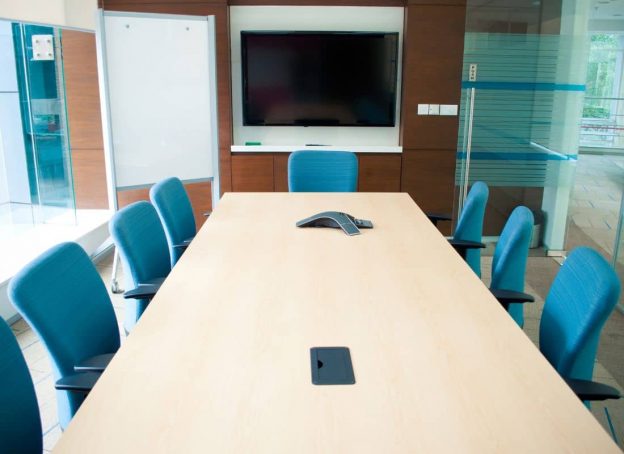For those who work as freelancers, being part of a traditional office setup is not always a viable option. These professionals usually work remotely and communicate with their clients through phone, email, or video conferencing. Despite the advantages of flexibility and autonomy, remote work can lead to feelings of isolation.
This is why many freelancers look for opportunities to connect with others in their field. One such opportunity is attending meetings for freelancers in a training room rental or classroom rental.
In this article, we will explore the advantages of attending meetings for freelancers. We will also provide some tips on how to make the most of these events.
What are Freelance Worker Meetings for?
Freelance worker meetings are events or gatherings that bring together freelance workers from various industries and backgrounds. These meetings may be organized by individuals or organizations within the freelance community, such as industry associations, meetups, or coworking spaces.
Freelance worker meetings can be especially valuable for those who work independently, as it can be challenging to build professional relationships and stay up to date on industry trends when working remotely. By attending these meetings, freelancers can expand their networks, connect with potential clients and collaborators, and gain valuable insights into the business of freelancing.
Freelance worker meetings are a valuable resource for freelancers looking to expand their networks, learn new skills, and build a sense of community. By attending these meetings, freelancers can gain valuable insights into their industry, connect with potential collaborators and clients, and find support and inspiration from other like-minded professionals.
Benefits of Attending Freelance Worker Meetings
1. Networking Opportunities
Freelance worker meetings provide an opportunity to network with other professionals in the field. This can lead to potential collaborations, referrals, and job opportunities.
2. Learning Opportunities
Freelance worker meetings often feature speakers or workshops that provide valuable information and insights into the industry. Attending these events can help freelancers stay up to date on trends and best practices and improve their skills.
3. Support and Community
Freelancing can be a lonely and isolating experience. Attending meetings allows freelance workers to connect with others who understand their unique challenges and can offer support and advice.
4. Inspiration
Attending meetings can inspire freelancers to try new things and think outside the box. By connecting with others in the field and hearing about their successes and challenges, freelancers can gain fresh perspectives and ideas.
How a Freelancer Can Make the Most of Meetings
1. Do Your Research
Before attending a meeting, research the organization or group hosting the event. This will give you an idea of the type of professionals who will be attending and the topics that will be discussed.
2. Bring Business Cards
Freelance worker meetings provide an excellent opportunity to network, so it’s important to bring business cards. This will make it easy for you to exchange contact information with others and follow up after the event.
3. Be Prepared to Talk About Your Work
Be prepared to talk about your work and your unique skills and experiences. This will help you make a strong impression on others and potentially lead to job opportunities or collaborations.
4. Listen and Ask Questions
When attending meetings, listen actively to the speakers and other attendees. Ask questions and participate in discussions to get the most out of the event.
5. Follow Up
After the meeting, follow up with the individuals you connected with. This can include sending a thank-you note or email or scheduling a coffee meeting to continue the conversation.
Conclusion
Freelance worker meetings provide an excellent opportunity for professionals in the field to connect, learn, and collaborate. By attending these events and following the tips outlined above, freelance workers can make the most of their time and develop valuable connections within their industry.
Whether you’re a seasoned freelancer or just starting, attending these meetings can help you stay motivated, inspired, and connected.







